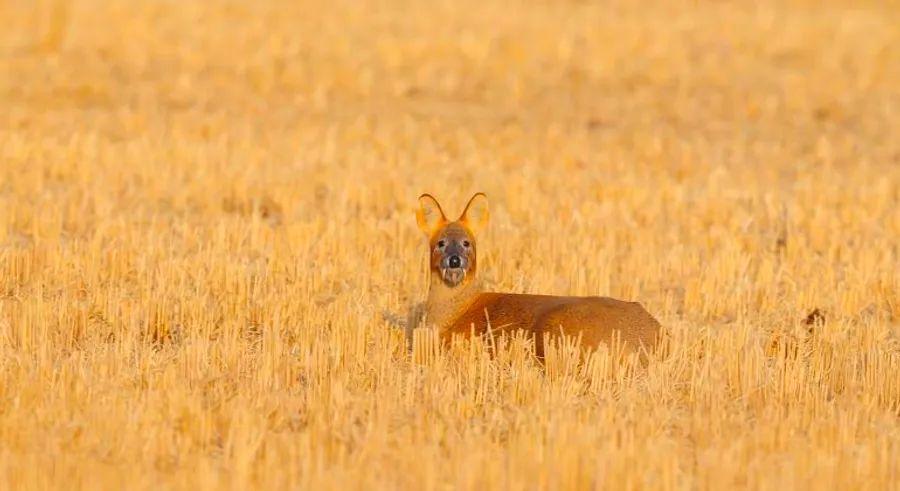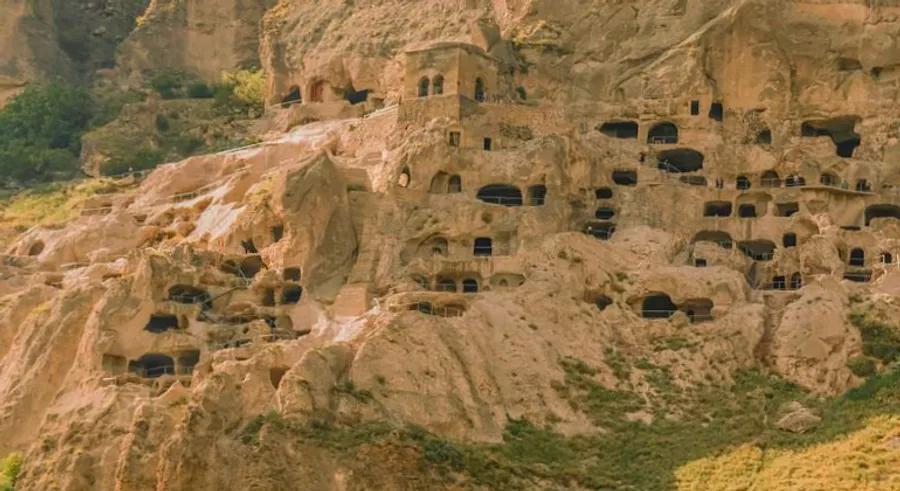South Korea unveils hiking paths along the globe's most heavily fortified border

Adventurers eager to explore the thriving wildlife of the Korean Peninsula's Demilitarized Zone (DMZ), often regarded as the world's most militarized border, now have a fresh option to consider.
The United Nations Command (UNC) has sanctioned the first phase of South Korea's 'Peace Trail' project, which aims to create three new hiking routes along the DMZ.
The initial trail approved for the project is situated in Goseong, a region in Gangwon Province on the eastern side of the Korean Peninsula.
A tour program in Goseong launched on April 27 to commemorate the one-year anniversary of the Panmunjom Declaration, signed by President Moon Jae-in and North Korean leader Kim Jong Un, according to South Korean media.
Hikers begin their journey at the Unification Observatory, passing through barbed wire fences before reaching the Mount Kumgang Observatory.
"The United Nations Command and the South Korean government have shown exceptional teamwork, cooperation, and coordination throughout the entire 'Peace Trail' project and will continue to do so," stated Gen. Robert Abrams, head of the UNC.
"The South Korean military has dedicated long hours to ensure the success of this significant initiative, while guaranteeing the safety of all visitors," he added.
A surprising sanctuary for wildlife
The DMZ, a 160-mile stretch of no-man's land about 30 miles north of Seoul, was created under the 1953 Korean War Armistice Agreement.
For over sixty years, this 250-kilometer stretch, four kilometers wide, has remained sealed off from human activity, surrounded by fences and landmines throughout the area.
Due to the restrictions, the region has turned into an unintended sanctuary for a wide range of endangered species, including migratory birds and wild mammals like red-crowned cranes, white-naped cranes, mandarin ducks, musk deer, and mountain goats, among others.
There have even been sightings of the critically endangered Amur leopard within the DMZ.
According to the National Institute of Ecology of South Korea, approximately 6,000 species of plants and animals thrive within the DMZ.
The winged inhabitants of the DMZ
"If you were to conduct an experiment on how new species could regenerate in a world left in ruins, the DMZ would be the perfect place," says Kim Seung-ho, director of the DMZ Ecology Research Institute.
Founded in 2004 by Kim, the institute focuses on studying the region and collaborates with government agencies to identify strategies for improving environmental conservation.
Kim shares that for nearly 20 years, he has been exploring the restricted zones of the DMZ every weekend, occasionally bringing along fellow researchers and wildlife enthusiasts. It took him a decade to familiarize himself with the area's roads and to learn where to find its diverse wildlife.
"The following ten years were spent deeply studying these areas to understand why certain animals inhabit them and when specific plants bloom," Kim explains.
The ecologist has a particular focus on the rare migratory birds that travel from Siberia to spend the winter in the DMZ's warmer wetlands, including the endangered red-crowned cranes and vulnerable white-naped cranes.
The World Wide Fund for Nature highlights the DMZ as "a vital stopover during the annual migration of these birds, traveling from their breeding grounds in northeastern China and southeastern Russia."
In terms of mammals, creatures such as water deer, a native species known for its fang-like tusks, and leopard cats can be seen prowling the desolate fields next to the barbed-wire fences.
Kim mentions that he has a particular affection for the water deer.
"They are one of the most ancient and genetically unchanged animal species," Kim explains. "They are often depicted in ancient murals."
The race to protect the DMZ
For decades, voices from both North and South Korea, along with international environmental groups, have been advocating for the protection of the DMZ.
However, this effort has been challenging, as it requires cooperation between both North and South Korea.
"One of my most difficult questions is how North and South Korea can unite and use the DMZ as a means of reconciliation," says Kim.
"I aim to protect the DMZ's biological resources as a way to heal the scars of division."

1

2

3

4

5
Evaluation :
5/5